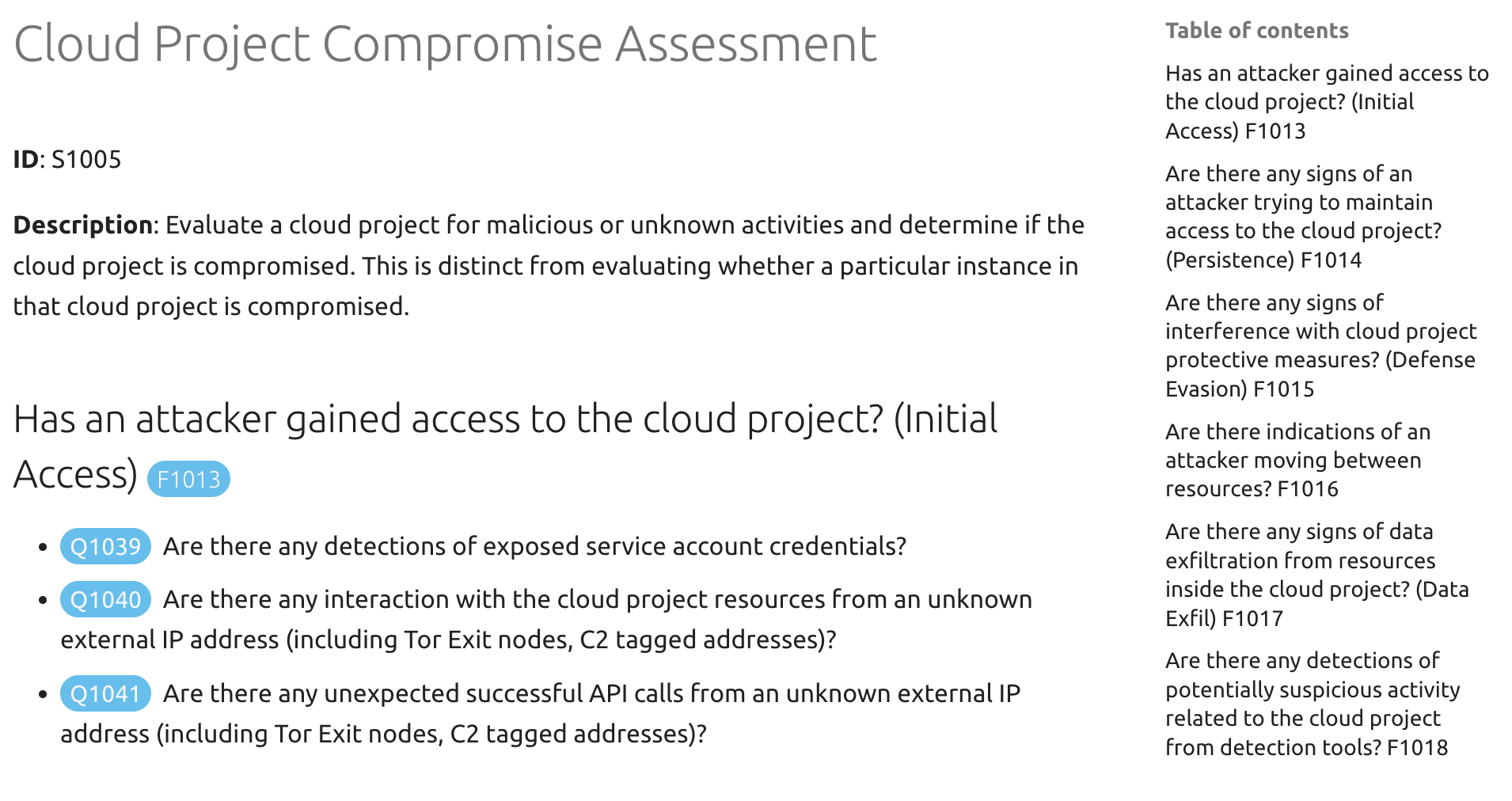Dave Aitel (and friends) on BlackHat, DEF CON, and infosec culture Permalink
The Vegas security conferences used to feel like diving into a river. While yes, you networked and made deals and talked about exploits, you also felt for currents and tried to get a prediction of what the future held. A lot of this was what the talks were about. But you went to booths to see what was selling, or what people thought was selling, at least.
But it doesn’t matter anymore what the talks are about. The talks are about everything. There’s a million of them and they cover every possible topic under the sun. And the big corpo booths are all the same. People want to sell you XDR, and what that means for them is a per-seat or per-IP charge. When there’s no differentiation in billing, there’s no differentiation in product.
I sat out BlackHat and Defcon this year, for the first year in many, and I’ve spent much of the past week catching up with folks who did go and getting their perspective. The recurring theme has been “it’s different”, but I think I would have told someone the same last year, or the year before that.
My day-to-day interests aren’t what they were nearly 20 years ago when I started working in the information security industry. I’m much more interested in product and operations, in particular how we think about outcomes, value, and ultimately driving defenders’ costs down while driving adversary costs (way) up.
That said, I still get enjoyment from novel research and deep technical topics despite feeling like I have to work much harder to understand them. And more so than the content, I have a deep appreciation for the relatively small number of folks who led our industry for decades, most or all of them with deeply technical backgrounds and expertise, having built tools or technologies that are still considered foundational to this day. Industry conferences are a bellwether for the broader industry, the skills and talent that we develop, and the products or solutions we build. And so I am always very interested in how those who have seen infosec grow from a hacker-centric counterculture into a thriving industry perceive conferences in particular.
Dave’s post to the venerable Dailydave mailing list struck a chord with me, as it clearly did with others, several of whom are on my short list of industry giants. The discussion is well worth a read.
If you’ve been in this business for a while, you have a dreadful fear of being in your own bubble. To not swim forward is to suffocate.

